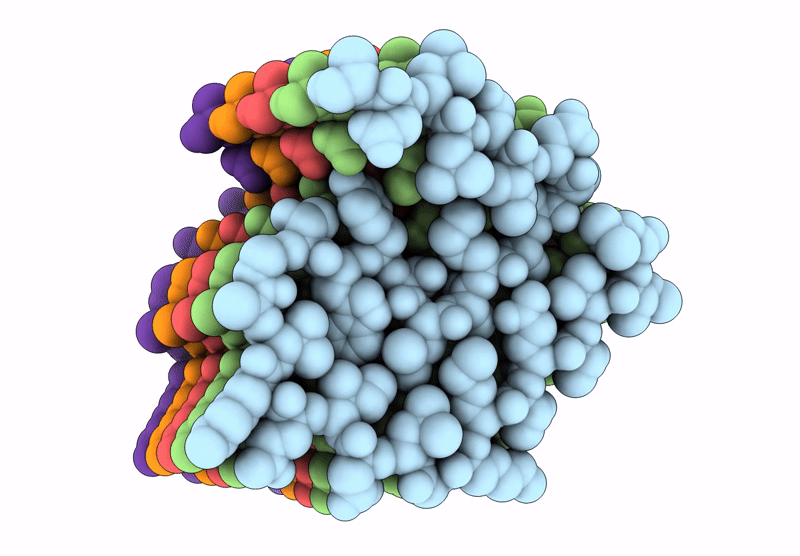
Deposition Date
2025-02-10
Release Date
2025-03-05
Last Version Date
2025-11-26
Method Details:
Experimental Method:
Resolution:
3.17 Å
Aggregation State:
FILAMENT
Reconstruction Method:
HELICAL


